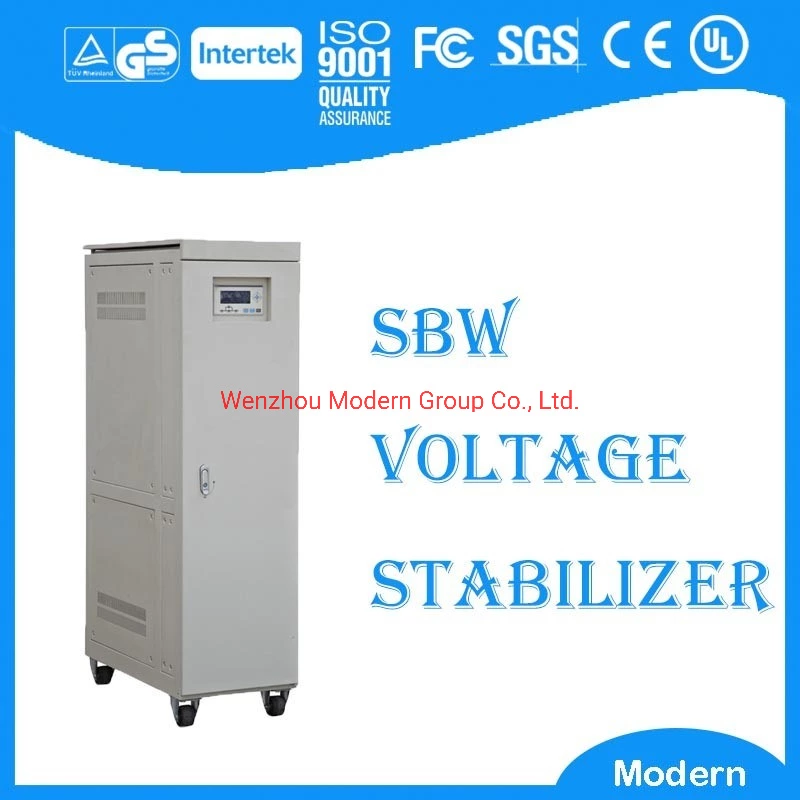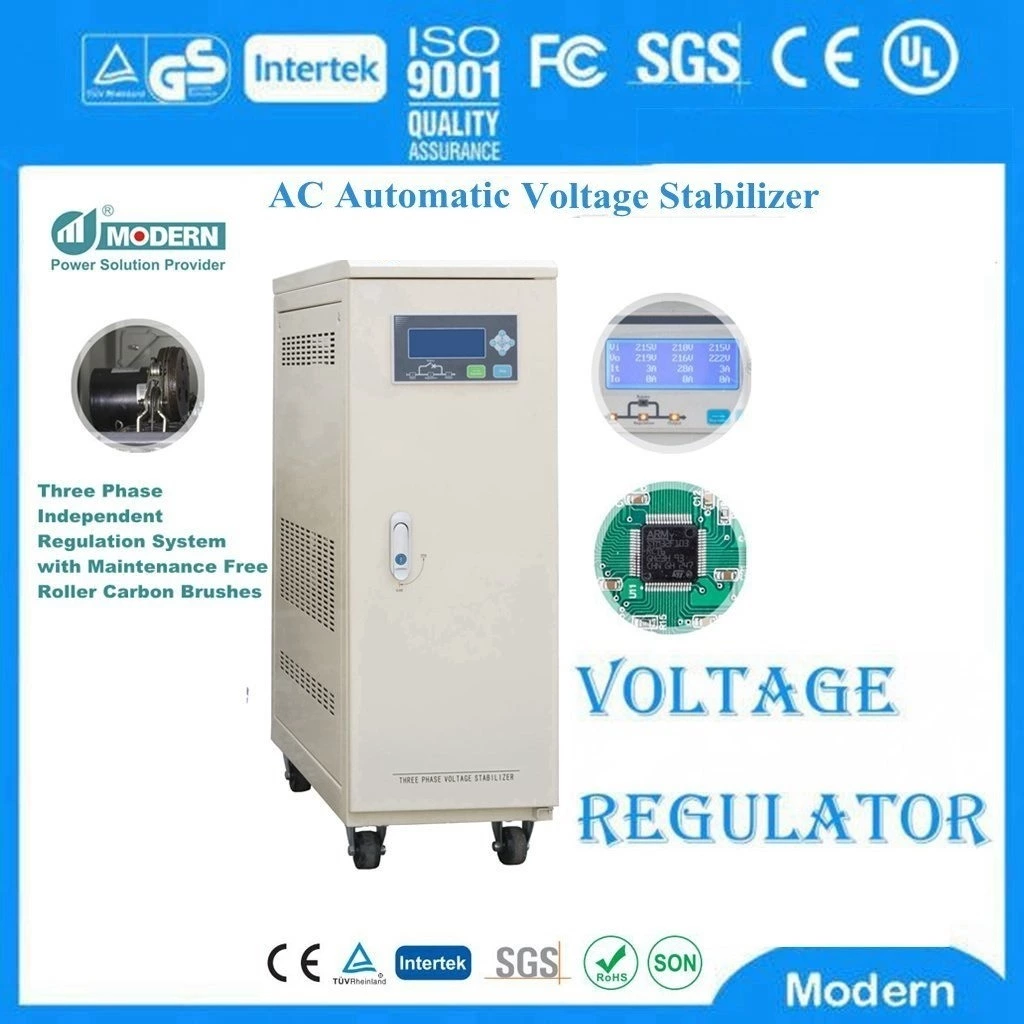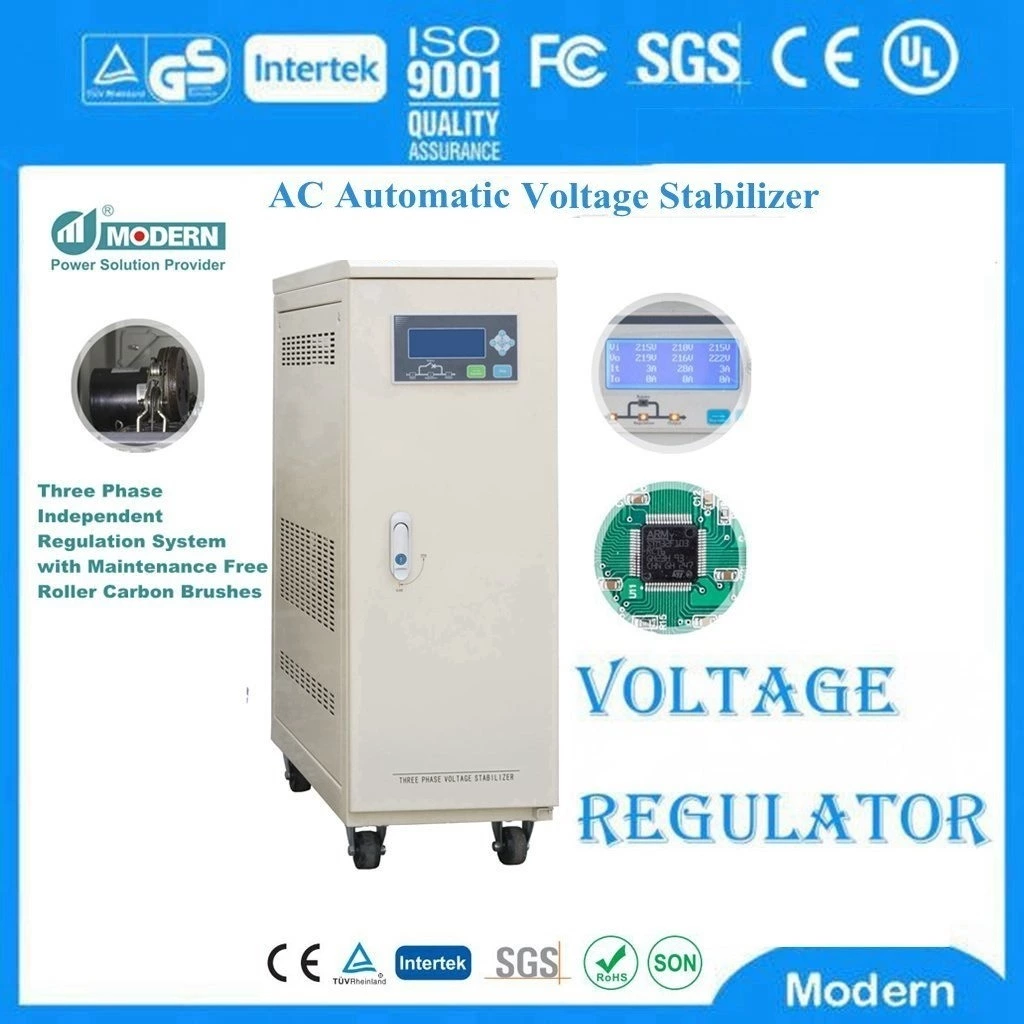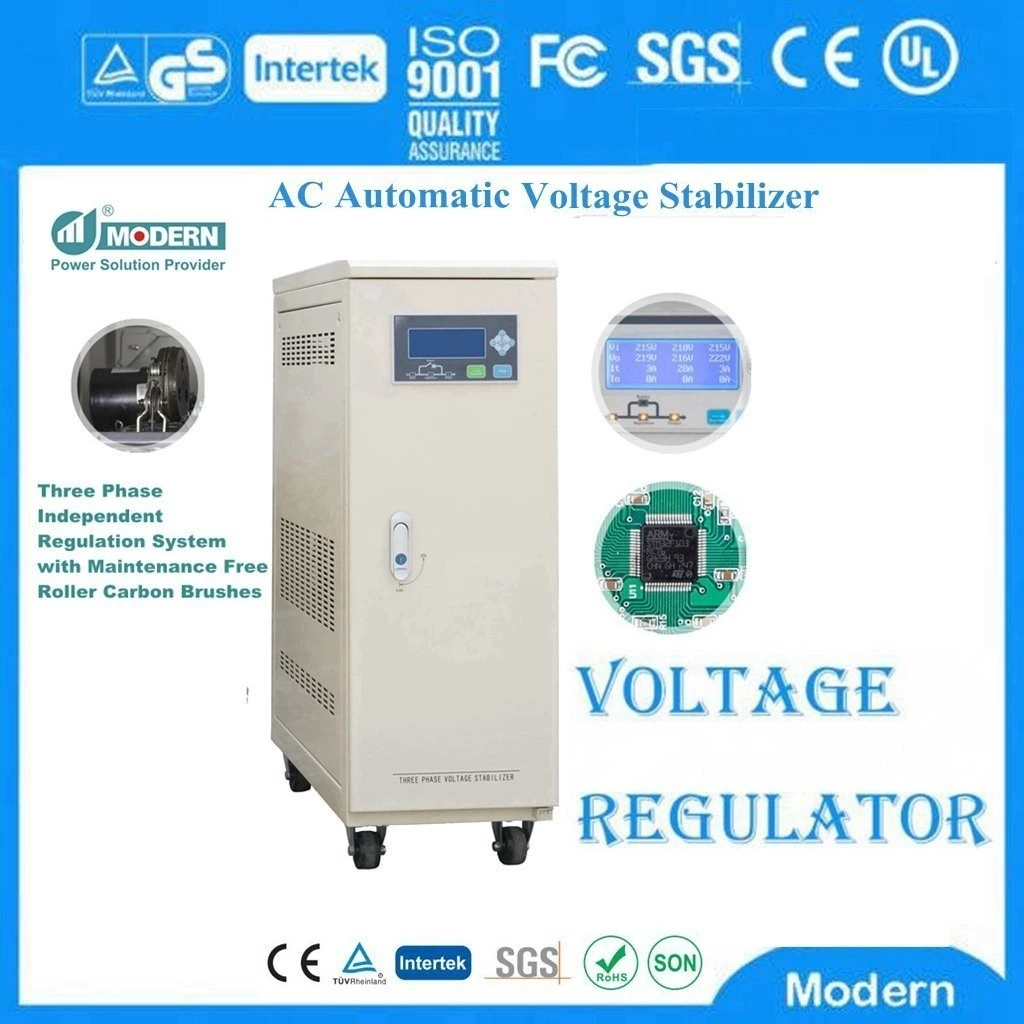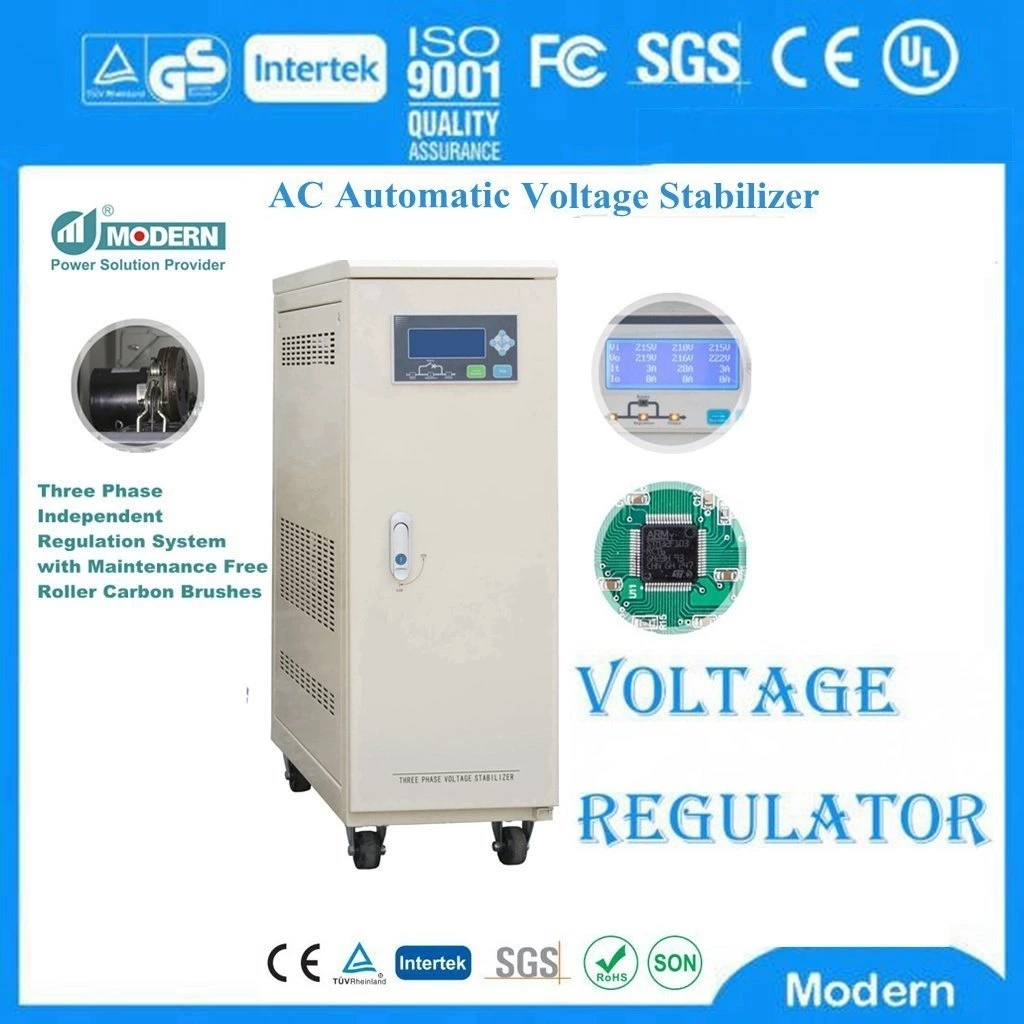Let Me Tell You The Technical Parameters Of The Static Voltage Stabilizer
A.Static Voltage Stabilizer has an input voltage adaptation range. The IEC standard is that the input voltage varies within the range of ±20 of the rated value. If it exceeds the range, an automatic sound and light alarm will be issued and the output voltage cannot be stabilized within the required range.
B. Output voltage regulation rate is the effect of output change caused by input voltage change. When the load is rated, adjust the input voltage from the rated value to the upper limit and lower limit according to the source voltage range, and measure the output voltage change (±). The smaller this value, the better, and it is an important indicator of static voltage stabilizer performance.
C. Load regulation rate: It is the effect of output change caused by load change. Change the load current and measure the output voltage change (±). The smaller this value, the better, and it is also an important indicator of static voltage stabilizer performance.
D. Relative harmonic content of output voltage (also known as output voltage distortion), usually expressed as THD, is the ratio of the total effective value of harmonic content to the effective value of fundamental wave. When the load is rated value and the input voltage distortion meets the reference condition (generally less than 3), the output voltage distortion is measured when the input voltage is value, rated value and value, and the lower the value is, the better.
E. Efficiency: It is the ratio (percentage) of the output active power P0 to the input active power Pi.
F. Load power factor
The capacity of static voltage stabilizer is expressed in volt-ampere (VA) or kilovolt-ampere (KVA). In addition to pure resistive load, there are also inductive and capacitive loads in the load, that is, in addition to active power, there is also reactive power in the load. This pointer reflects the ability of AC voltage stabilizer to carry inductive and capacitive loads.
For a general AC stabilized power supply, the load power factor cosφ is 0.8. When the product is 1KW, the output active power (i.e. the ability to carry a resistive load) is 800W. If the product is expressed as 1KW (cosφ is still 0.8), the output active power is 1KW, and the output power S=1000/0.8=1250VA. When the load power factor is small, it means that the power supply equipment has a strong ability to adapt to reactive loads.
G. The parameters of the static stabilizer include output power, input frequency, source frequency effect, random deviation (time drift), no-load input power, source power factor (this value is different from the load power factor, the larger the better, 1), source current relative harmonic content, audio noise, etc. For three-phase AC stabilized power supply, there is also three-phase output voltage imbalance, etc. The definitions and test methods of these indicators can refer to relevant standards.

 Русский
Русский
 Français
Français
 Português
Português
 Español
Español
 اللغة العربية
اللغة العربية
